Short skis are flipping the old-school ski game on its head. Forget what you’ve heard - claims like “short skis are unstable” or “they’re just for beginners” simply don’t hold up anymore. Modern short skis, like those from Snowfeet, are proving they can handle speed, tricky terrain, and all skill levels. Plus, they’re lightweight, easy to learn, and work with regular boots. Here’s the deal:
- Stability? It’s about design, not length. Short skis excel in control and balance, especially on crowded slopes or tight turns.
- Beginner-only gear? Nope. Advanced skiers love them for tricks, moguls, and quick maneuvers.
- Speed and terrain? They’re built to perform, with features like metal edges and durable materials.
- Compatibility? Use them with your winter shoes or snowboard boots - no need for special gear.
Short skis are affordable, portable, and fun for everyone, from first-timers to seasoned pros. Ready to rethink skiing? Let’s dive into the myths and why they don’t hold up.
Short Skis vs. Long Skis
Myth: Short Skis Are Unstable
For years, traditional ski manufacturers have pushed the idea that longer skis are the key to stability. But the reviews for Snowfeet* tell a different story. With over 5,500 verified reviews highlighting exceptional control and balance, Snowfeet* is proving that shorter skis can hold their own - and then some.
Why Stability Isn't About Length
Stability has more to do with design than sheer length. Snowfeet* has crafted its Skiblades and Skiskates to deliver excellent control, making them stable in real-world conditions. Sure, traditional skis (spanning 59–79 inches) might feel steady when you're flying down a wide, empty slope. But let’s be real - most recreational skiers spend their time dodging crowds, navigating tight turns, tackling moguls, or hitting terrain parks. In these scenarios, shorter skis shine with their superior maneuverability and ease of control.
As Zack1018 put it:
Generally, short skis are easier to control but less stable at high speeds.
Another user, finverse_square, added:
Ski whatever you enjoy the most... you can still go fast as hell on short skis and stay in control.
For skiers dealing with varied terrain, short skis offer a perfect balance of stability and control without the bulk. Their compact size means less material to manage, which translates to quicker reactions and better handling. Think of it like using a shorter lever - it’s just easier to control.
This focus on thoughtful design is at the heart of Snowfeet*’s approach.
What Makes Snowfeet* Stable?
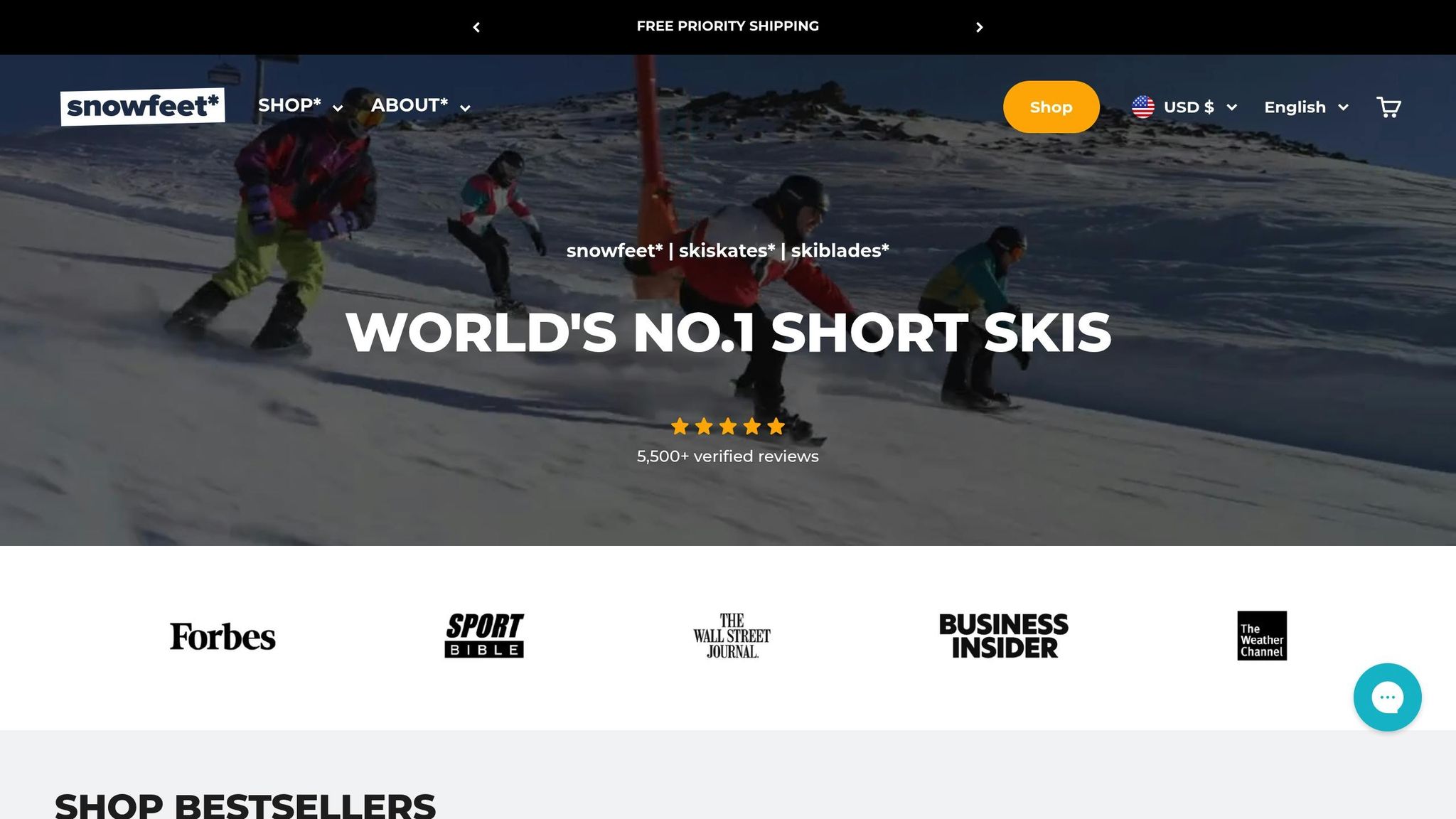
Snowfeet* builds its products with stability in mind. Features like wider tips and tails provide a balanced platform, making it easier for both beginners and seasoned skiers to stay in control. The proof? Models like the 99 cm Skiboards boast a 98% positive rating from 93 customer reviews.
The feedback speaks for itself. Andrew B. shared:
These skiblades are so much fun and easy to control. Never going back to regular skis.
Nathan F. chimed in:
Absolute game-changer! They're light, fast, and incredibly fun to ride.
Even Fejta Jakub, a lifelong snowboarder, found Snowfeet* perfect for teaching his kids to ski:
With these little skis, you feel much more agile, faster, and above all – comfortable.
Snowfeet*’s lightweight design plays a big role in its stability. Less weight means quicker reactions and reduced fatigue, so you can stay in control longer. Compare that to traditional long skis from brands like Head or Elan, which require more energy to handle and can leave you feeling drained. Plus, the forgiving nature of Snowfeet* short skis makes it easier to recover from small mistakes, boosting confidence and eliminating the so-called drawbacks of shorter skis.
In short, the idea that short skis are unstable? That’s just outdated marketing talk. Snowfeet* is rewriting the rules.
Myth: Short Skis Are Only for Beginners or Kids
The idea that short skis are just for beginners or kids is rooted in outdated marketing from traditional ski brands like Rossignol and Atomic. These brands have long pushed the notion that longer skis equal better performance. But let’s be real - what’s happening on the slopes today tells a very different story. Short skis aren’t just for newbies; they’re a game-changer for skiers of all levels.
Short Skis Work for All Skill Levels
Short skis bring unmatched control and agility, making them a fantastic choice for skiers of any experience level. In October 2024, the Snowfeet Team highlighted how models like Skiblades and Skiskates are specifically crafted to enhance precision and maneuverability. Whether you’re weaving through tight tree runs, tackling moguls, or pulling off tricks in the terrain park, these skis deliver.
For advanced skiers, short skis shine in high-demand scenarios like jumps, dense forests, or technical terrain. Their quick responsiveness allows for sharp mid-air adjustments and precise turns. From groomed runs to moguls and park features, short skis keep you balanced and agile. Plus, they provide immediate feedback, helping experienced skiers fine-tune their technique. This versatility shatters the myth that short skis are just beginner gear - they’re built for everyone.
Professional-Grade Snowfeet* Models
Snowfeet* takes short skis to the next level with equipment designed for serious skiers. This isn’t just beginner-friendly gear - Snowfeet* offers high-performance models that cater to advanced skiing needs. Take the Skiblades 99 cm, priced at $490, which boasts top-tier materials for professional-grade performance. Or the Skiskates 44 cm, available for $390, featuring a durable wood core that’s perfect for slopes and terrain parks alike.
What makes Snowfeet* stand out is their focus on playful, responsive designs without sacrificing performance. Unlike traditional brands like Rossignol and Atomic, which often specialize in skis for a single purpose, Snowfeet* creates products that excel across multiple skiing styles. Experienced skiers use Snowfeet* gear for everything from freestyle park tricks to navigating challenging terrain. Their lightweight build and agility are ideal for advanced moves like quick turns, aerial tricks, and tackling technical lines - things that can feel clunky or awkward on longer skis.
And let’s not forget, Snowfeet* products aren’t limited by age. Their versatile design appeals to a wide range of skiers, proving that great performance and fun can go hand in hand for all generations.
The notion that short skis are only for beginners? It’s just old-school marketing spin. Snowfeet* is rewriting the rules, showing that shorter skis can deliver top-notch performance for skiers of all levels.
Myth: Short Skis Can't Go Fast or Handle Difficult Terrain
For years, ski brands like Head and Elan have pushed the narrative that longer skis are the only choice for navigating tough terrain. But that mindset doesn’t give modern short skis the credit they deserve. The idea that short skis are slow or can’t handle challenging slopes just doesn’t hold up anymore.
Speed and Agility in Real-World Skiing
Let’s tackle the speed myth first. Snowfeet* has proven that short skis can be fast and agile, thanks to smart design and solid engineering.
Speed isn’t about length alone - it’s a mix of design and technique. Snowfeet* products are built for performance. Their parabolic shape and slim waist make carving quick and precise, while the graphite bases deliver both speed and durability. Plus, their lightweight build means you can move faster and react quicker on the slopes.
Here’s what experienced users have to say:
"With these little skis, you feel much more agile, faster, and above all – comfortable."
Take the 99 cm Skiblades, for instance. At $490, they’re packed with professional-level features. They’re perfect for downhill runs, snow parks, and narrow trails - places where longer skis can feel clunky. The short length allows for quick edge-to-edge transitions, faster turns, and less effort when navigating tricky terrain.
Excelling in Tough Terrain
Now, let’s talk about performance in rugged and unpredictable conditions. The old belief that short skis struggle in these situations is outdated.
Modern short skis, like those from Snowfeet*, are designed to thrive where traditional longer skis often fall short. Whether it’s carving through powder or landing tricks in a snow park, these skis deliver precision and control.
What about icy slopes or steep descents? Snowfeet* skis are equipped with metal edges, just like standard skis, giving you the grip and stability you need on challenging surfaces.
And they’re not just for the slopes. These skis work great on cross-country trails, hiking paths, or even sledding hills. Their compact size (compared to 180 cm traditional skis) gives you unmatched maneuverability.
The secret lies in their construction. Snowfeet* uses fiberglass-reinforced materials and adjustable bindings to create durable and highly responsive skis. For example, the 44 cm Skiskates, starting at $390, feature a wood core that performs beautifully on groomed runs and in terrain parks. This isn’t just novelty gear - it’s serious equipment built for serious conditions.
Short skis give you a clear edge in tight spots and unpredictable snow. Their quick response and ability to pivot effortlessly let you adapt to whatever challenges the mountain throws at you. Combined with the stability and versatility Snowfeet* is known for, short skis are proving to be a game-changer.
So, the idea that short skis can’t handle speed or tough terrain? That’s officially a thing of the past. Snowfeet* has shown that smaller, smarter designs can outperform traditional, bulkier gear every time.
sbb-itb-17ade95
Myth: Short Skis Lack Flexibility and Compatibility
There’s a common misconception that short skis require specialized gear, making them less practical. But here’s the reality: modern short skis, like those from Snowfeet*, are incredibly versatile and work seamlessly with gear you probably already own. Unlike traditional ski brands such as Rossignol and Atomic, which often tie you to specific boot systems, Snowfeet* takes a refreshingly different approach.
Universal Compatibility
This is where Snowfeet* truly stands out. While traditional skis from brands like Head or Elan demand specific ski boots and bindings, Snowfeet* products are designed to work with a range of footwear. Whether you’re using regular winter shoes or snowboard boots, Snowfeet* has you covered.
"Just attach Snowfeet to any winter shoes or snowboard boots with bindings. We recommend waterproof shoes that fix your ankle firmly."
Snowfeet* offers three different binding models to suit various needs:
- Basic Model: Best for winter shoes.
- Standard Model: Includes extra straps, making it ideal for snowboard boots.
- Pro X Model: Features sturdy, adjustable bindings that fit comfortably with almost any shoe.
These products accommodate shoe sizes ranging from 6–13 US (38–47 EU), with a Mini version available for smaller sizes down to 27 EU. This flexibility means you don’t have to invest in new boots to enjoy the slopes. For example, one Amazon customer with a women’s size 7 shared how hiking boots worked perfectly with Snowfeet* for cross-country skiing. She even preferred them over traditional cross-country skis because they allowed her to both skate and walk on snow. This broad compatibility simplifies your setup and enhances your experience across various terrains.
Multiple Applications of Snowfeet*
Snowfeet* isn’t just about compatibility - it’s about versatility. Unlike traditional skis that are mainly designed for groomed slopes, Snowfeet* products excel in a variety of environments. Most ski resorts in both Europe and the U.S. allow Snowfeet* and Skiskates on their slopes. Thanks to features like metal edges, sturdy bindings, and heel brakes, they meet resort safety standards and perform reliably when paired with proper safety gear.
But that’s not all. Snowfeet* products are also perfect for:
- Cross-Country and Hiking Trails: Long skis can be cumbersome, but Snowfeet* makes navigating these trails a breeze.
- Local Sledding Hills: Turn your neighborhood hill into an exciting winter playground.
- Snow Parks and Terrain Features: Skiblades, for instance, are great for tricks and skiing in powder, offering excellent control in tight spaces.
"Snowboard boots seem to be the best for ski slopes, but if you take Snowfeet* on a hike or just to have fun on a ski slope or sledding hill, winter shoes are the most practical choice."
This adaptability lets you tailor your setup to your plans. Hitting the resort? Go with snowboard boots. Heading out for a winter hike? Regular winter shoes will do the trick. Just make sure to adjust your bindings at home for a snug and secure fit before you head out.
In short, Snowfeet* proves that short skis are not only practical but also deliver unmatched versatility for all kinds of winter adventures. Whether you’re exploring trails, hitting the slopes, or playing in the snow, these compact skis are ready for it all.
Short Skis vs. Long Skis and Snowboards: Key Advantages
After tackling some common misconceptions, let’s dive into how Snowfeet* short skis compare to traditional skis and snowboards from well-known brands like Rossignol, Atomic, and Head. The differences highlight the perks of choosing a more compact design.
Comparison Table: Snowfeet* vs. Standard Equipment
| Feature | Snowfeet* Short Skis | Traditional Long Skis | Snowboards |
|---|---|---|---|
| Learning Curve | 5 minutes to get started | Steep learning curve; lessons often required | Moderate to steep learning curve |
| Portability | Fits in a backpack | Requires roof racks or ski bags | Bulky; needs special transport |
| Boot Compatibility | Works with winter shoes, snowboard boots, or ski boots | Requires specific ski boots | Requires snowboard boots |
| Weight | Lightweight and responsive | Heavy, especially models like Stockli Laser WRT | Moderate weight |
| Price Range | $235–$767 | $500–$1,799 (Stockli Laser WRT) | $400–$800+ for complete setup |
| Terrain Versatility | Slopes, snowparks, hiking trails, local hills | Primarily groomed slopes | Primarily groomed slopes and parks |
| Stopping Ease | Easier to stop due to the shorter length | Requires more skill and space | Requires heel-side or toe-side technique |
| Age Range | Designed for ages 5–105 | Varies by model and brand | Typically 8+ years |
This table lays out why Snowfeet* stands out - not just for its affordability and portability but for how it transforms the skiing experience.
Why Snowfeet* Leads the Way
When you strip away myths and outdated ideas, the advantages of Snowfeet* become crystal clear. The numbers don’t lie. For instance, while traditional skis can run as high as $1,799, Snowfeet* starts at just $235. And it’s not just about cost - its portability and versatility make it a winner.
Think about traditional skis like the Atomic Redster X9S or the Head Supershape e-Original. These are precision tools, designed for carving on firm, groomed snow, with narrow waists of 65.5 mm and 66 mm, respectively. They excel in specific conditions but lack adaptability across different terrains.
Snowfeet*, however, breaks free from those limits. Its lightweight, compact design makes it easy to control and incredibly responsive. Whether you’re on slopes, in snowparks, or even exploring hiking trails, Snowfeet* gives you the freedom to move without feeling tied down. Traditional long skis, by comparison, can be awkward in tight spaces or when making quick turns.
Another big plus? You’re not stuck with specialized, pricey ski boots. Snowfeet* works with your winter shoes, snowboard boots, or even ski boots. Want to hit casual slopes in comfy winter shoes? No problem. Prefer snowboard boots for more aggressive riding? Snowfeet* has you covered.
And let’s not forget the learning curve. While traditional skis can take hours (or days) to master, Snowfeet* users often get the hang of it in just minutes. With over 5,500 verified reviews and a 4.9/5 rating, it’s clear that Snowfeet* delivers a mix of affordability, versatility, and pure fun that’s hard to beat for winter sports enthusiasts.
Conclusion: The Future of Winter Sports
Forget the old myths - turns out it’s not the length of your skis that matters, but how they’re designed. Over 50,000 Snowfeet* riders have shown that smart, compact designs can deliver stability, speed, and all-around fun. The idea that short skis are just for kids? That’s officially outdated. Riders of all ages and skill levels are proving otherwise.
Snowfeet* is shaking things up, challenging big names like Rossignol, Atomic, and Head with its compact skis (ranging from 38 to 120 cm). These skis aren’t just portable and easy to learn on - they’re a budget-friendly way to get more fun out of every dollar. Whether you’re a beginner or a seasoned skier, the learning curve is smoother, and the experience is packed with excitement.
What’s more, they’re ridiculously convenient. Toss them in a backpack, and you’re ready to hit a slope, hiking trail, or even your neighborhood hill in no time. This flexibility means you can adapt your plans without being tied to bulky gear or outdated norms.
Snowfeet* represents a new era in winter sports - one where freedom and creativity take center stage. Short skis aren’t just a trend; they’re a game-changer for everything from groomed runs to backcountry adventures. The real question isn’t if short skis will dominate - it’s how fast the rest of the industry will catch on.
FAQs
How do short skis compare to traditional long skis when it comes to learning and ease of use?
Short skis, like Snowfeet, are a fantastic option for beginners because they’re much easier to handle than traditional long skis. Their compact design makes turning feel more natural and less overwhelming, helping new skiers gain confidence quickly. Plus, they’re lightweight and responsive, so you don’t need to put in as much effort to stay in control - especially on groomed trails or when trying out freestyle moves.
In contrast, traditional long skis are better suited for advanced skiers. While they offer greater stability at higher speeds, they demand more skill, strength, and experience to manage, which can be intimidating for those just starting out. Snowfeet’s short skis take away that steep learning curve, making skiing approachable and fun for anyone - whether it’s your first time on the slopes or you’re just looking for a playful alternative to long skis.
Are short skis good for all types of terrain, including icy slopes and moguls?
Short skis, like Snowfeet, are a game-changer when it comes to versatility. These compact skis handle a wide range of terrains with ease, even in tough conditions like icy patches or moguls. Thanks to their shorter length, they’re incredibly nimble, letting you make quick, precise turns - perfect for navigating tight or technical spots. Compared to traditional long skis, which can feel clunky and harder to steer in such situations, short skis offer a level of control that’s hard to beat.
Sure, longer skis might provide more stability on wide, groomed trails, but short skis shine when it comes to responsiveness. They’re an excellent choice for skiers looking to tackle uneven or challenging terrain without breaking a sweat. Snowfeet takes this to the next level with their sleek designs, delivering a fun and energetic experience for skiers, no matter their skill level.
Can I use my regular winter shoes or snowboard boots with short skis, or do I need special gear?
Yes, you can wear your regular waterproof winter shoes or even snowboard boots with Snowfeet short skis. However, if you’re after the best mix of performance and comfort, Snowfeet boots are the way to go.
These boots are made specifically for short skis, providing better support, control, and stability than standard footwear. While your everyday winter shoes or snowboard boots will work in a pinch, Snowfeet boots are adjustable, secure, and tailored to handle the unique movements of short skiing. They’re designed to maximize your experience, letting you enjoy the full agility and flexibility that make Snowfeet so fun to use.







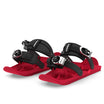
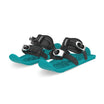












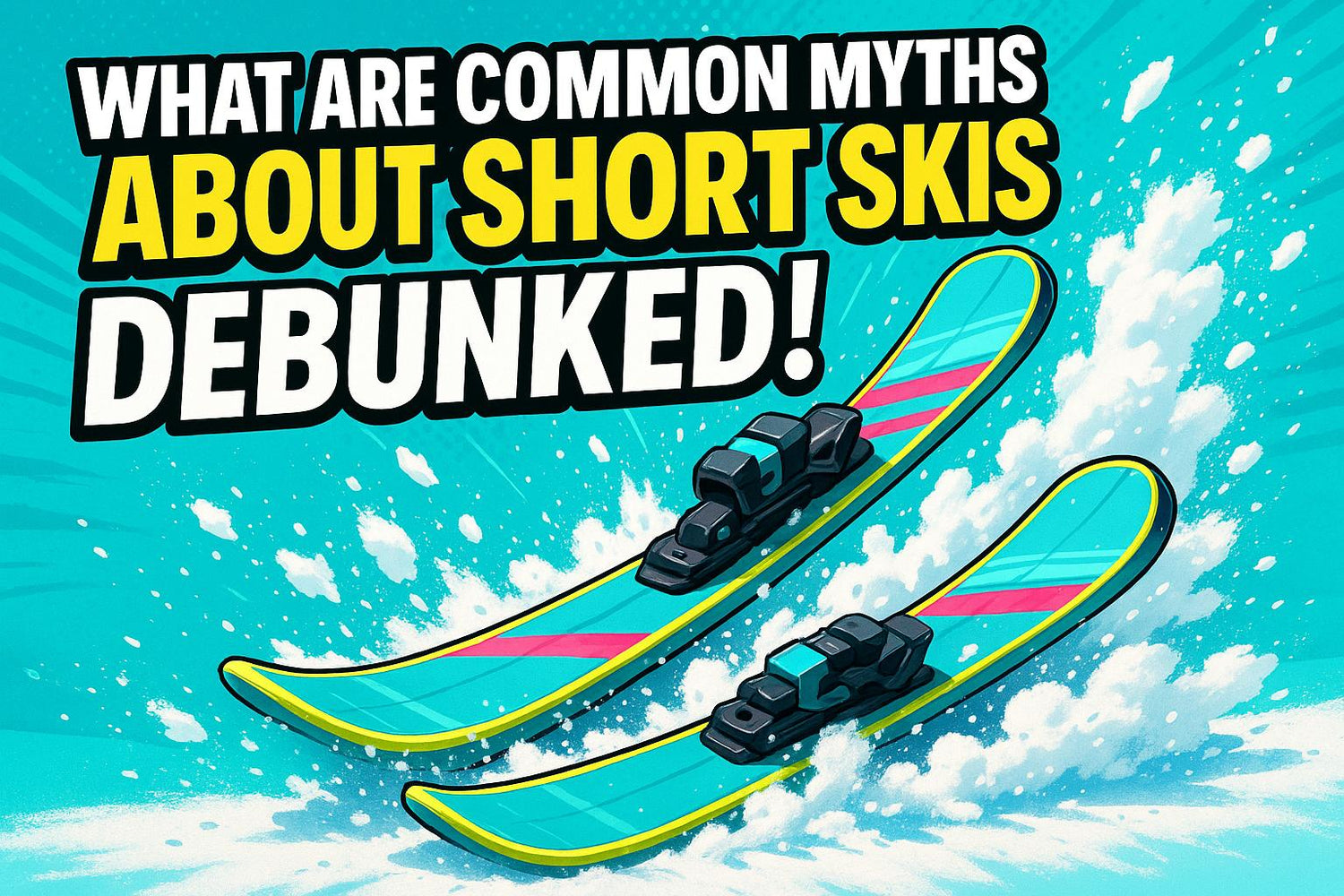
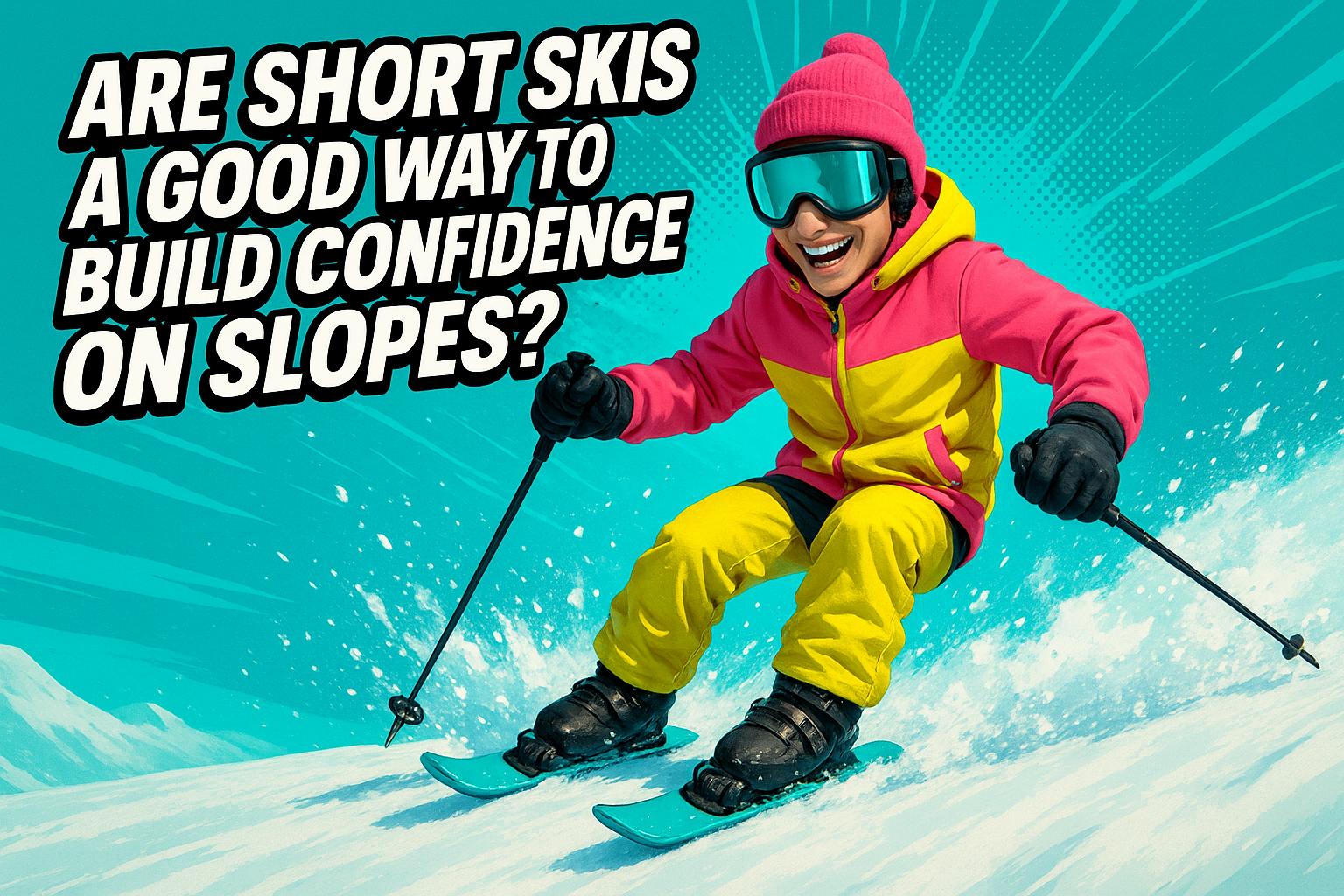
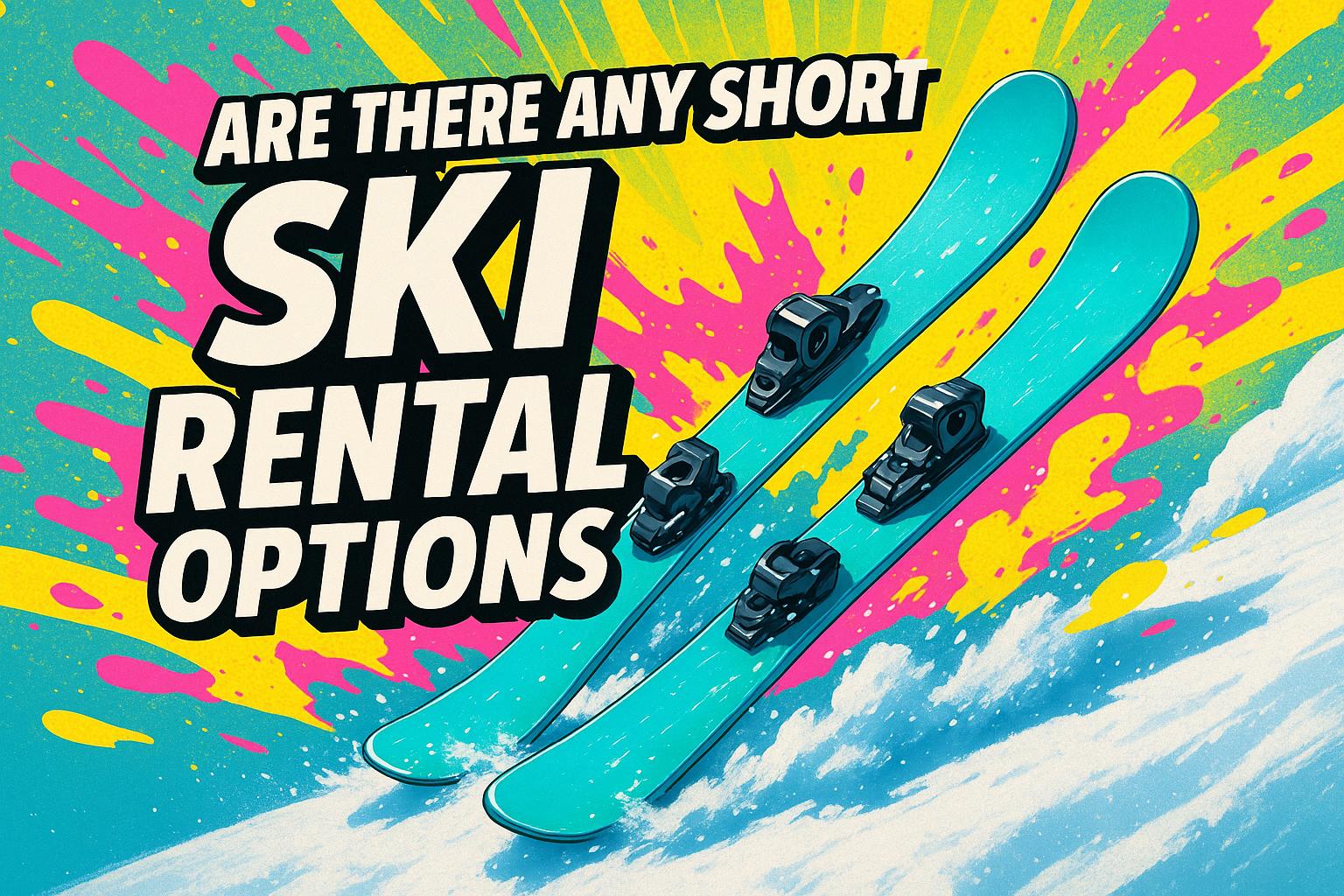




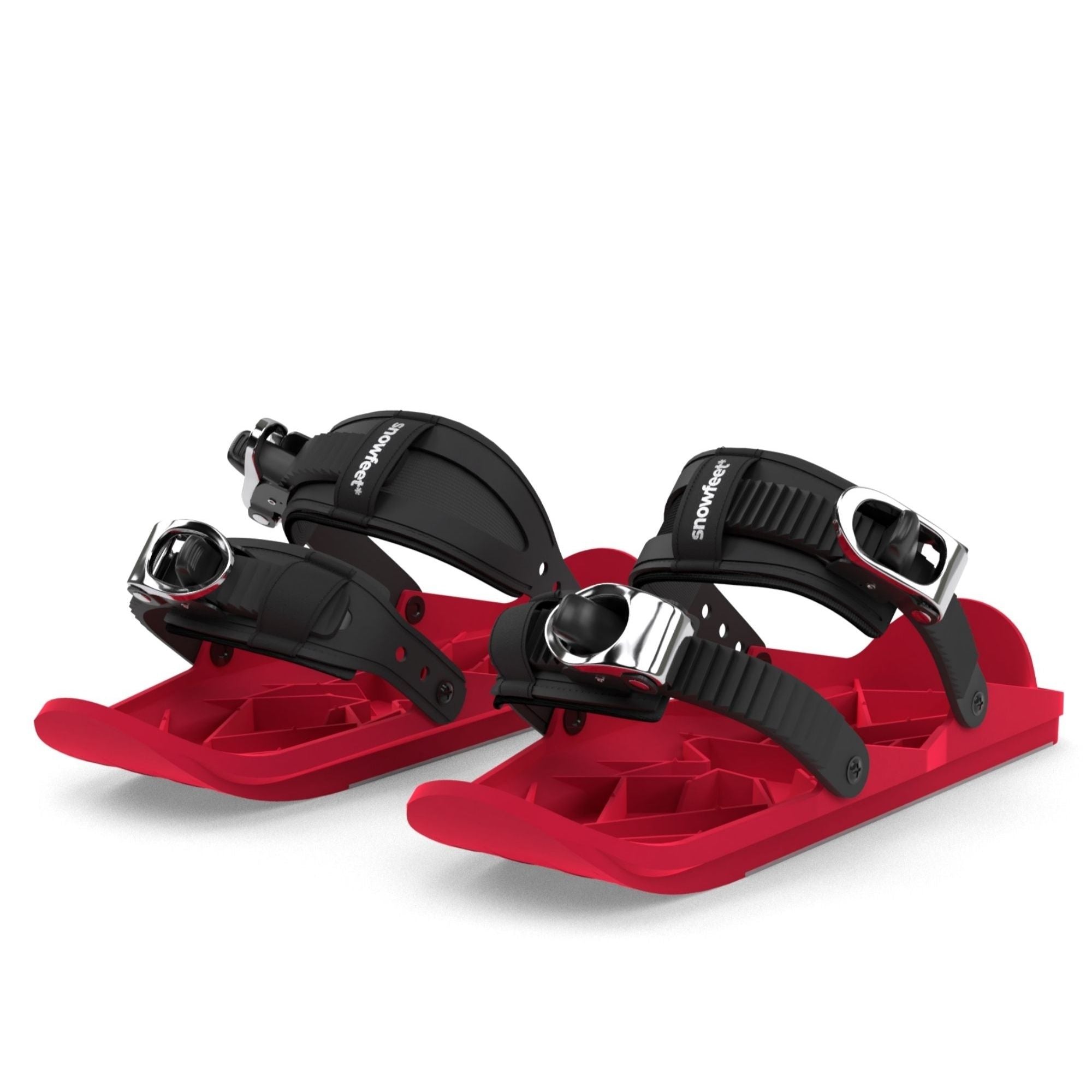
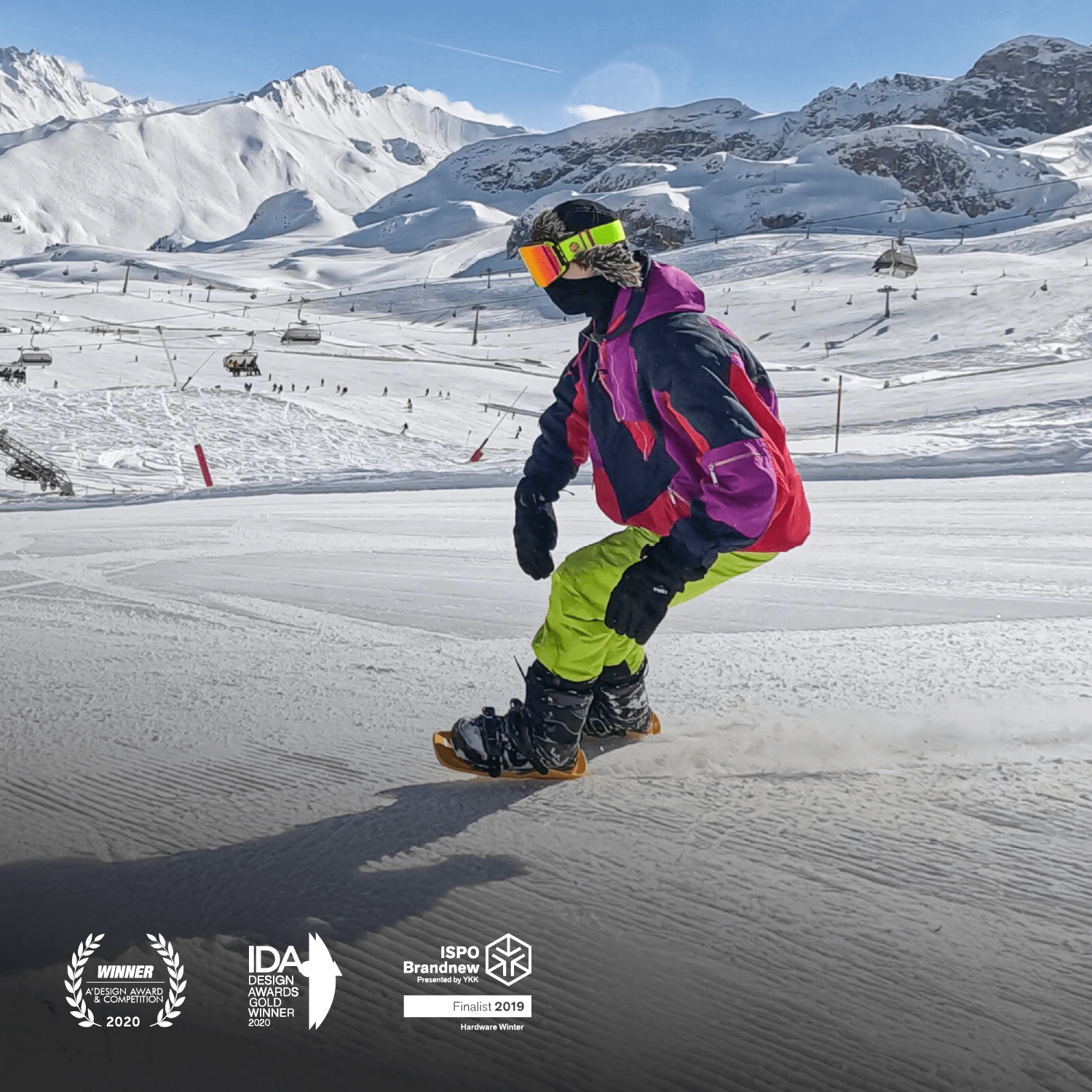




Leave a comment
This site is protected by hCaptcha and the hCaptcha Privacy Policy and Terms of Service apply.